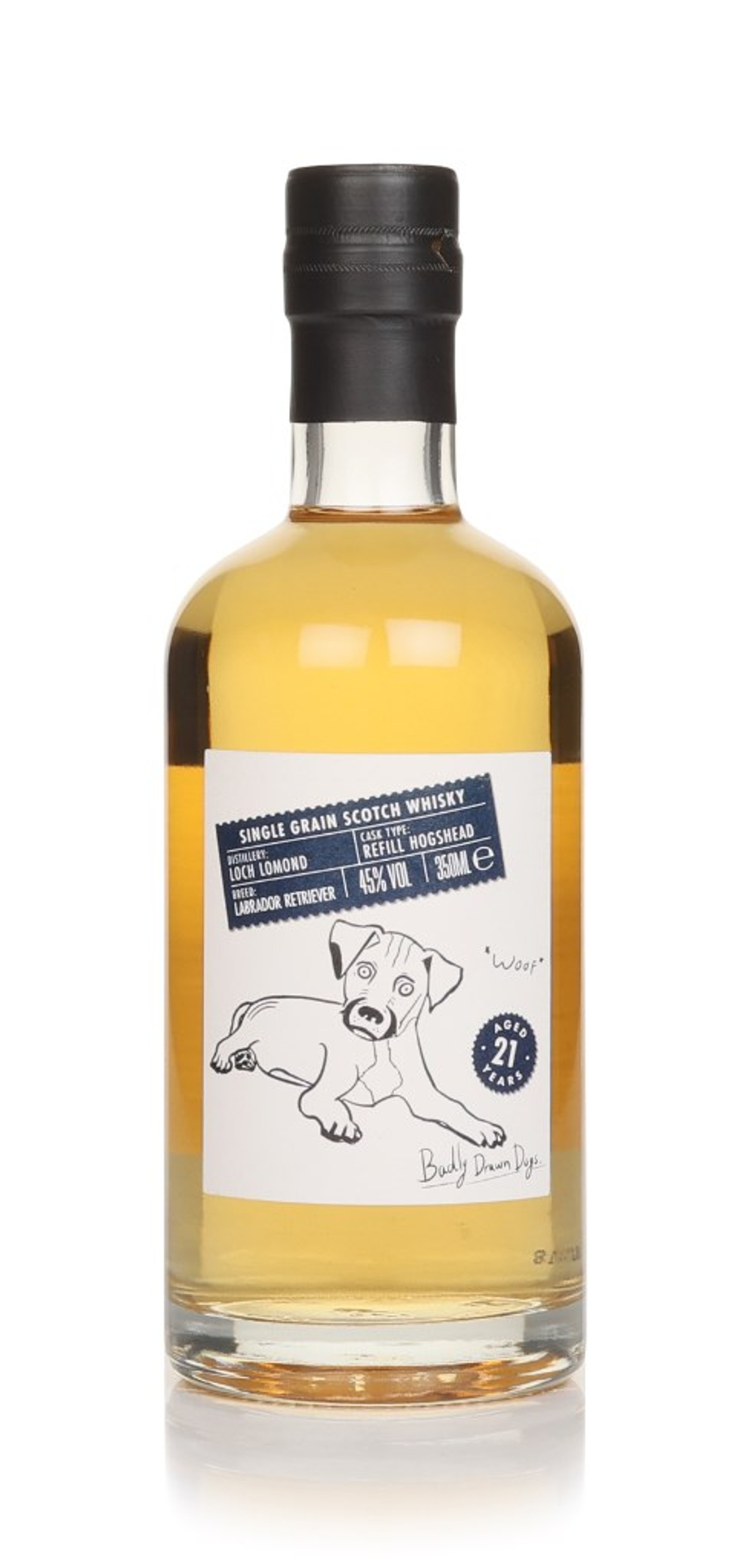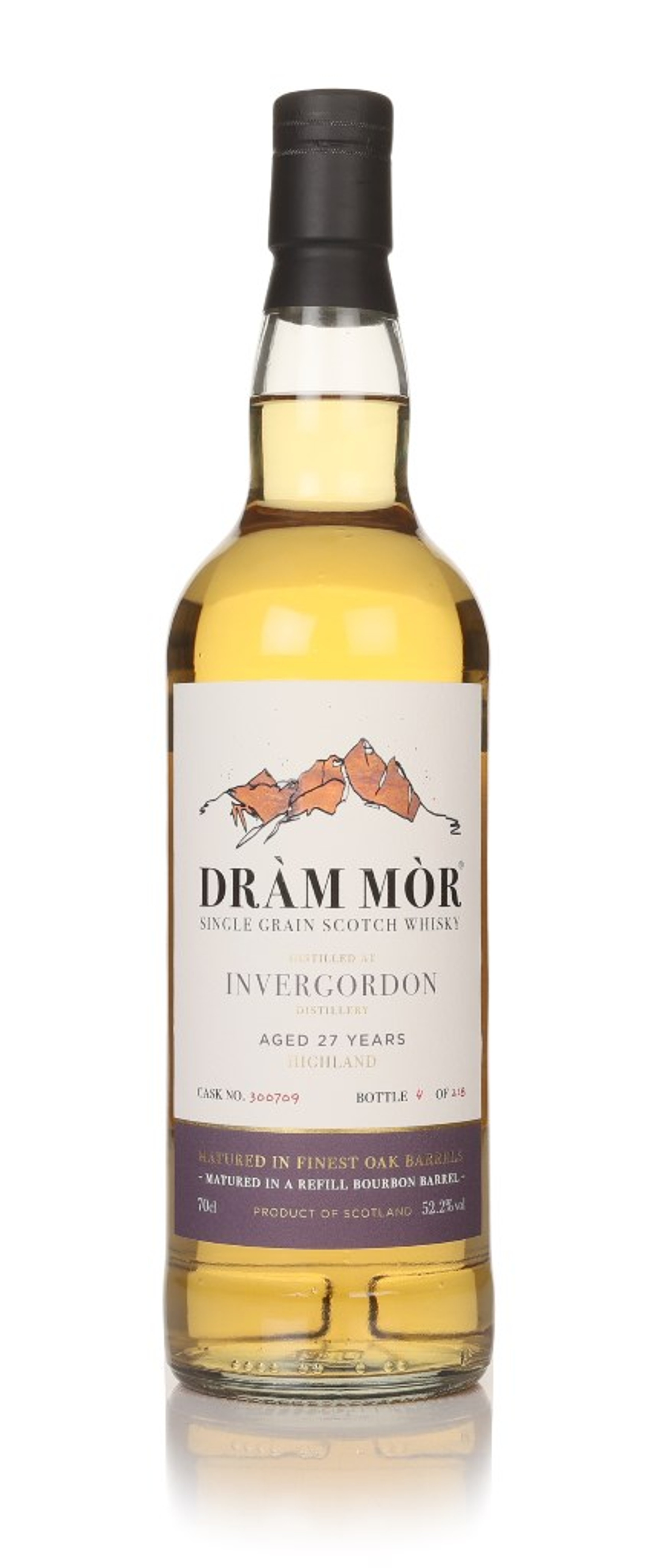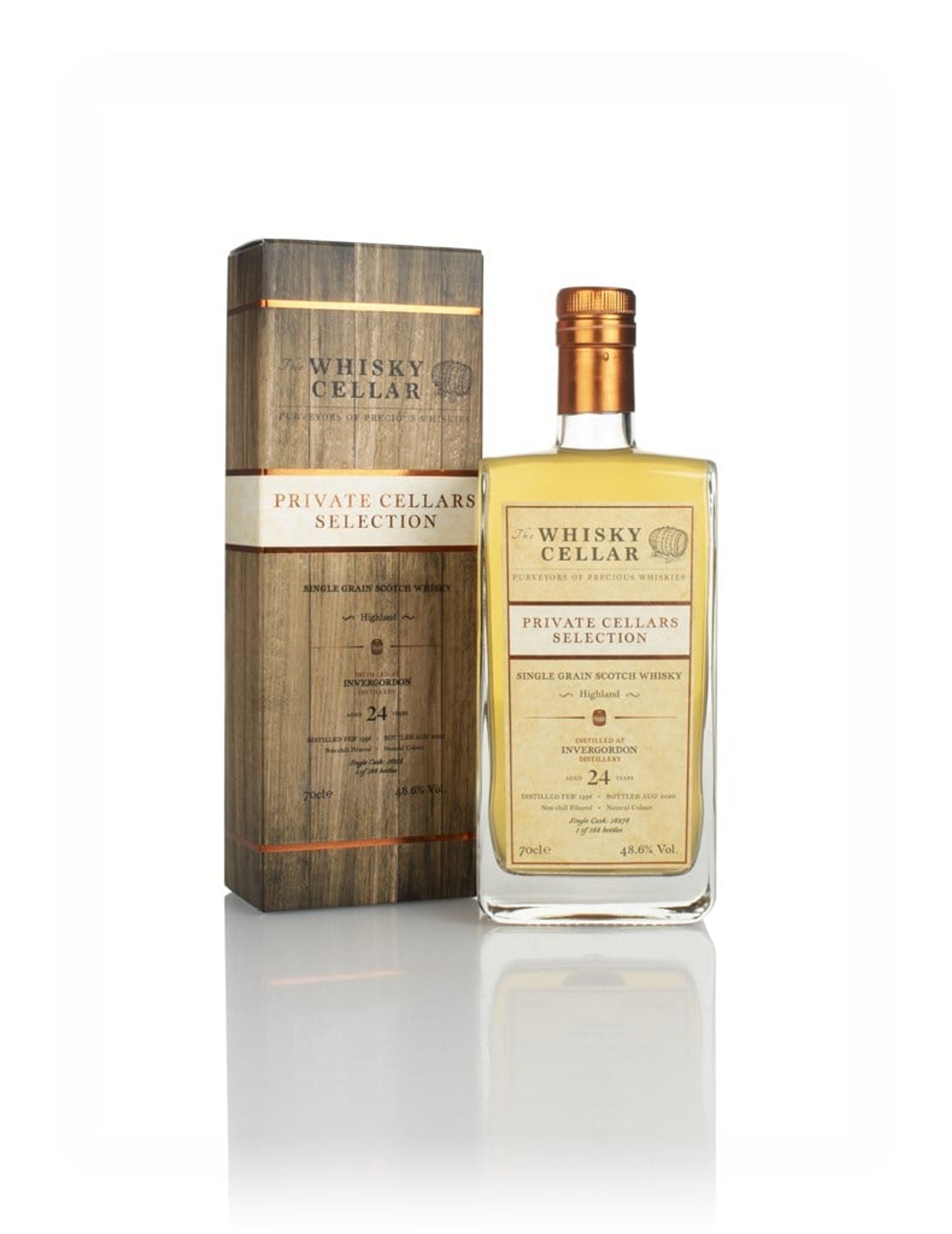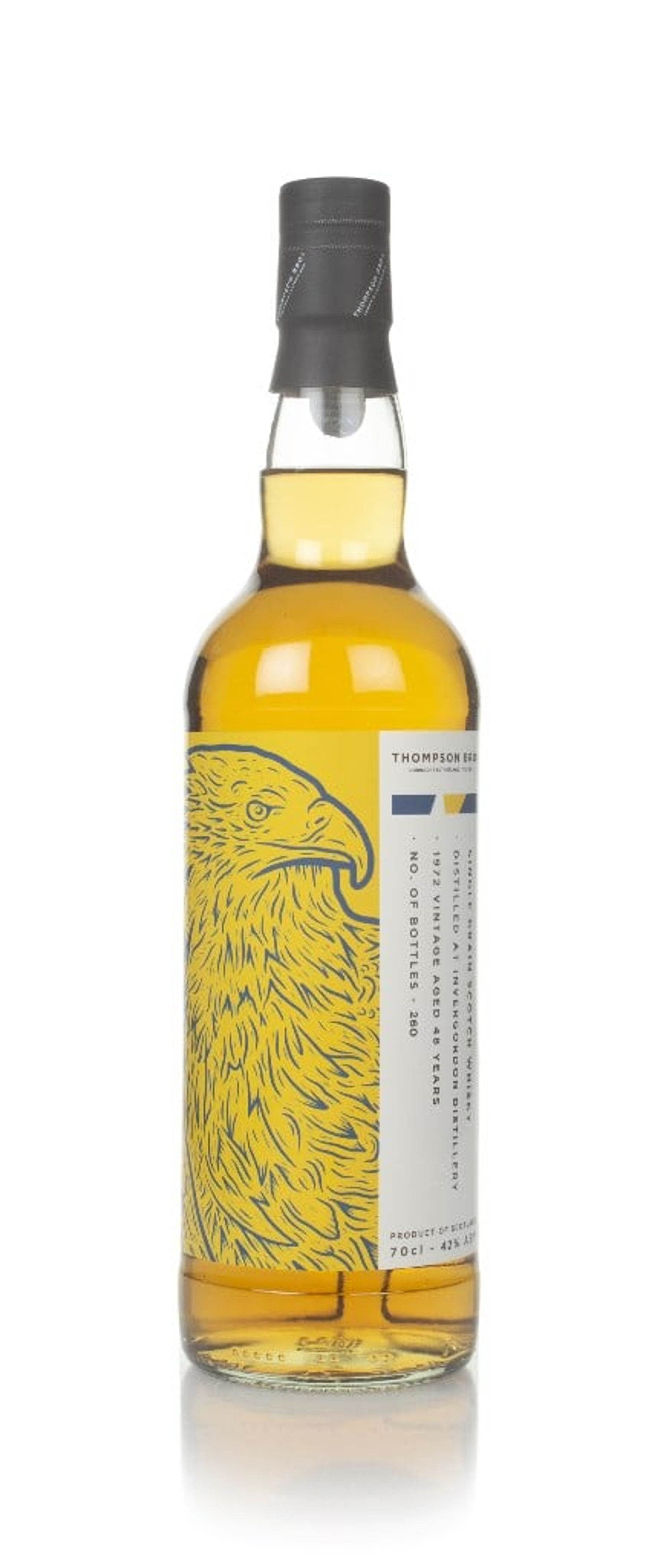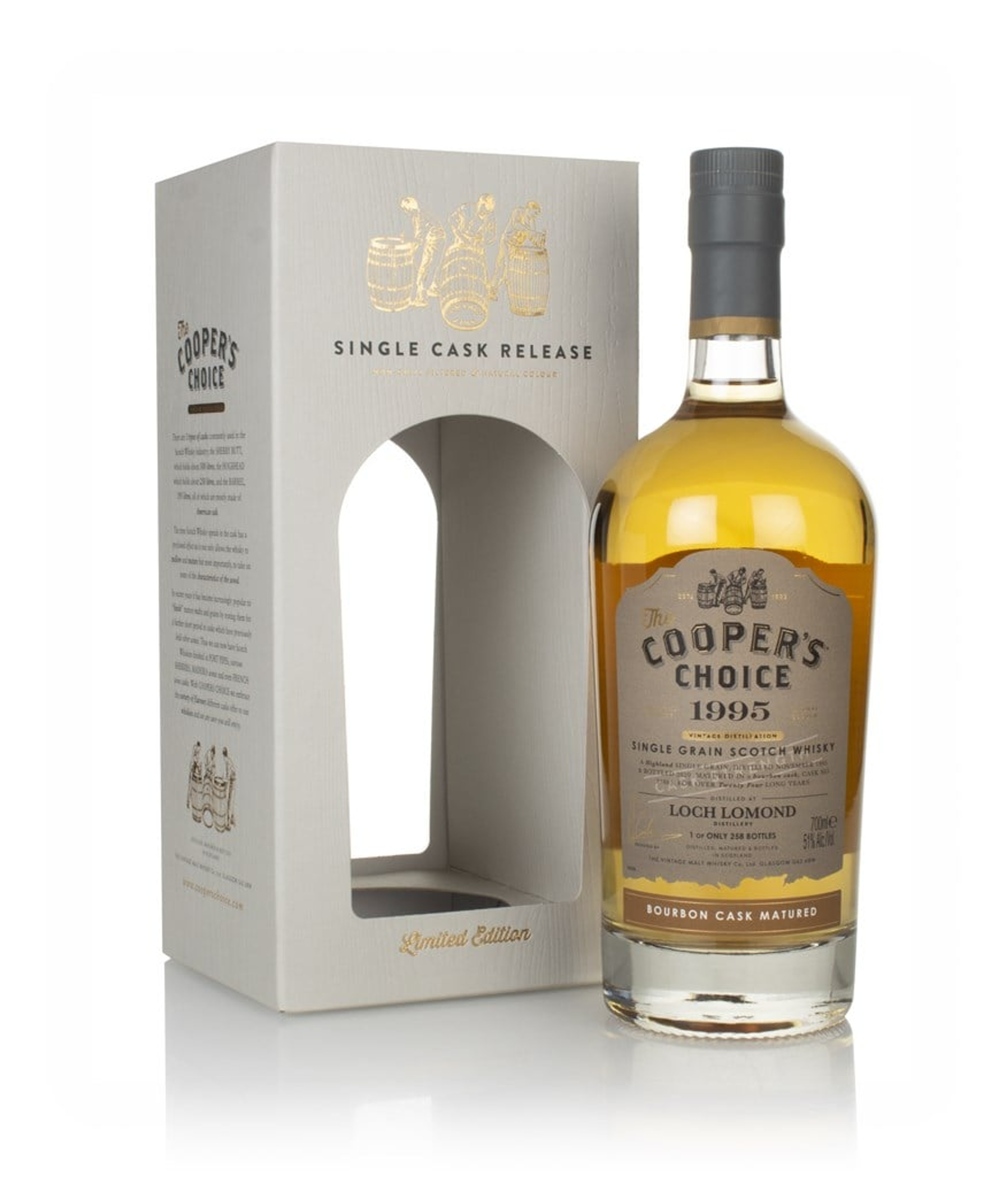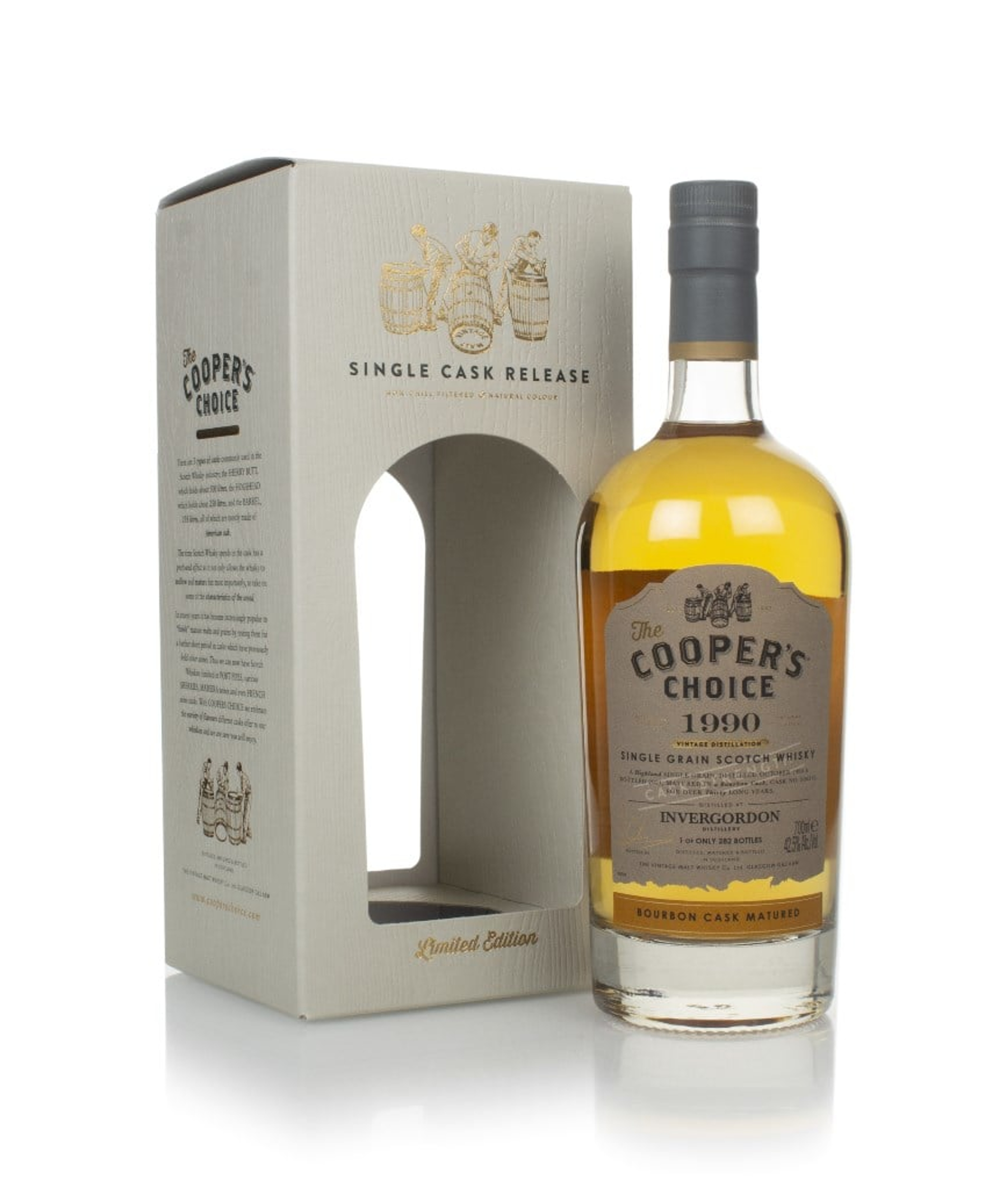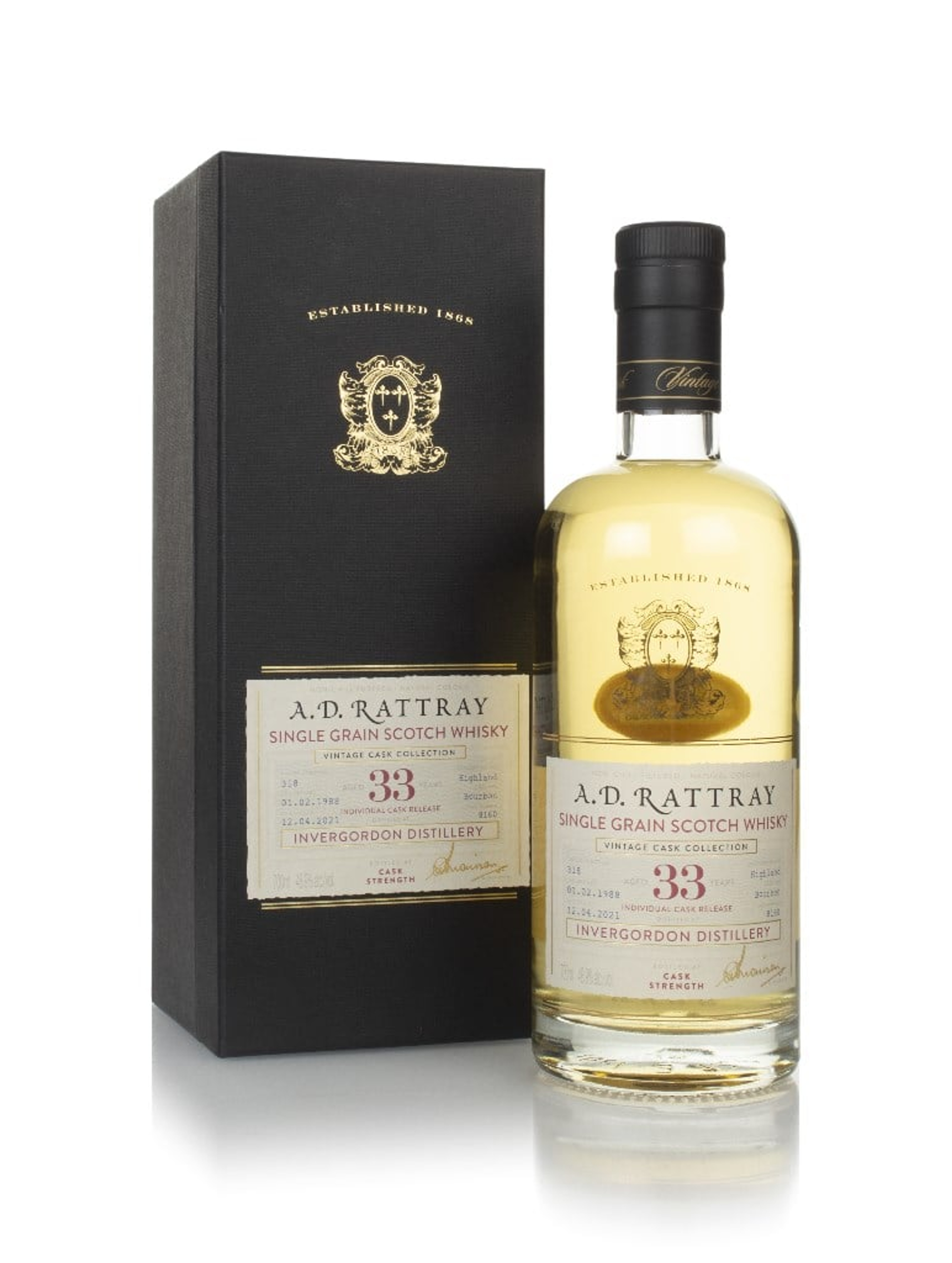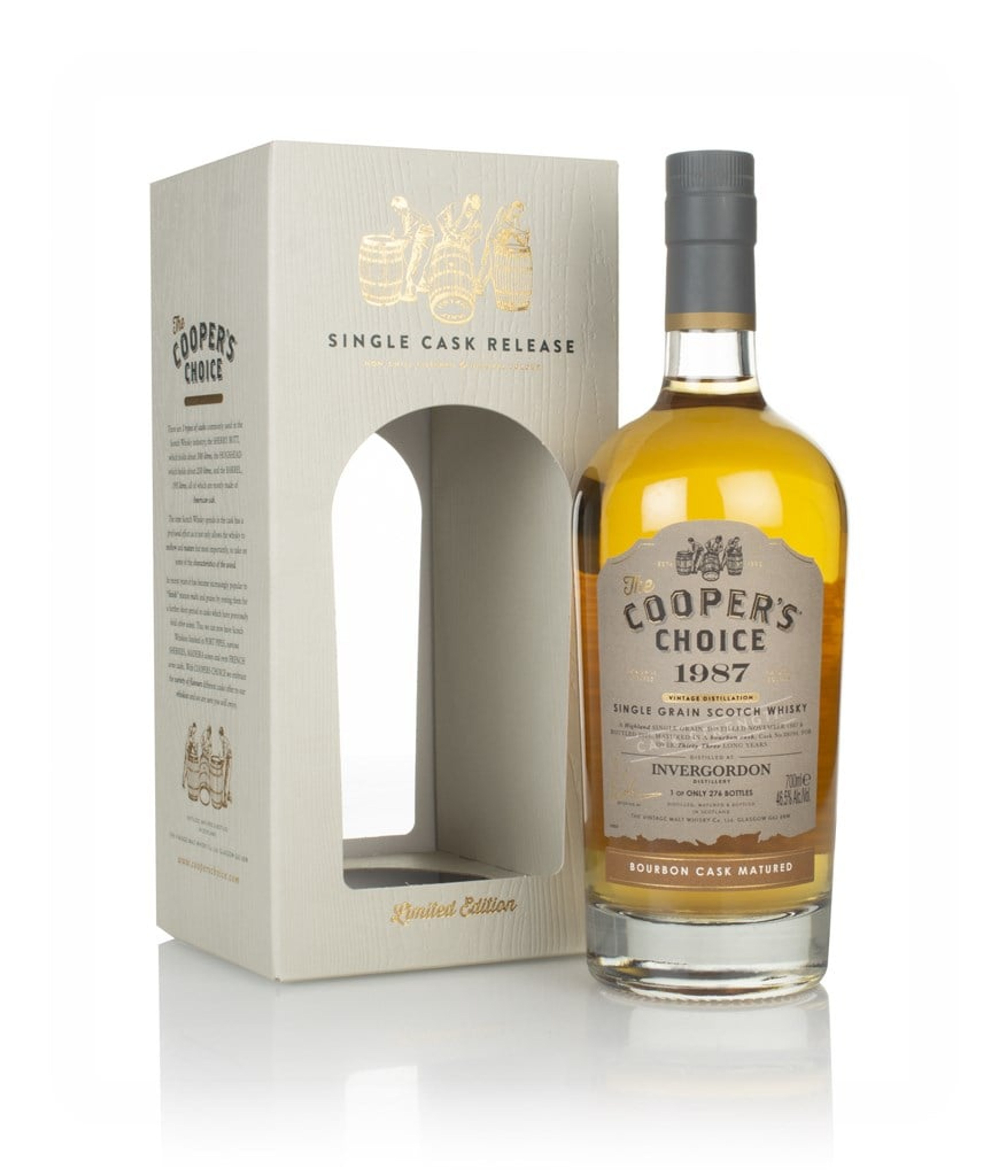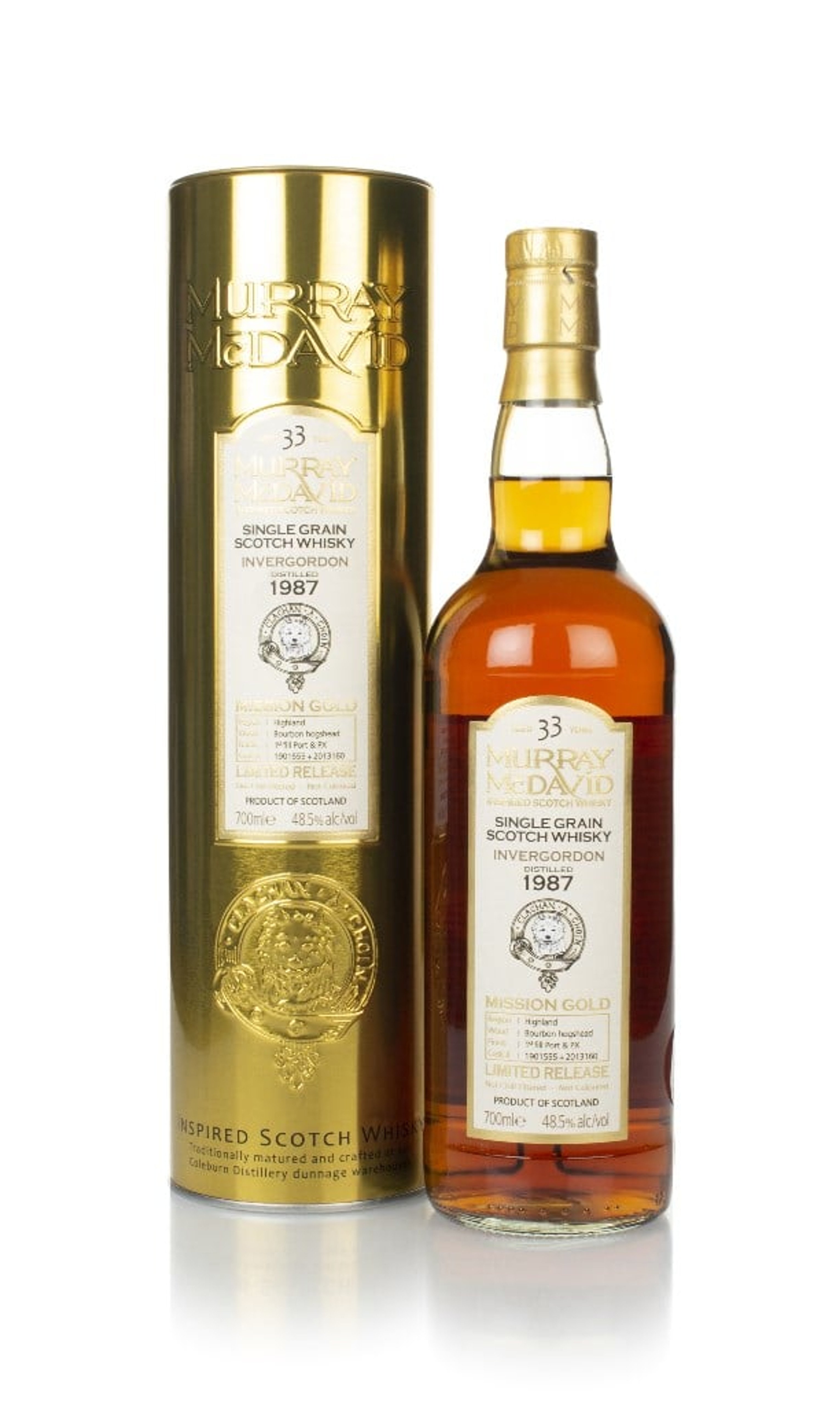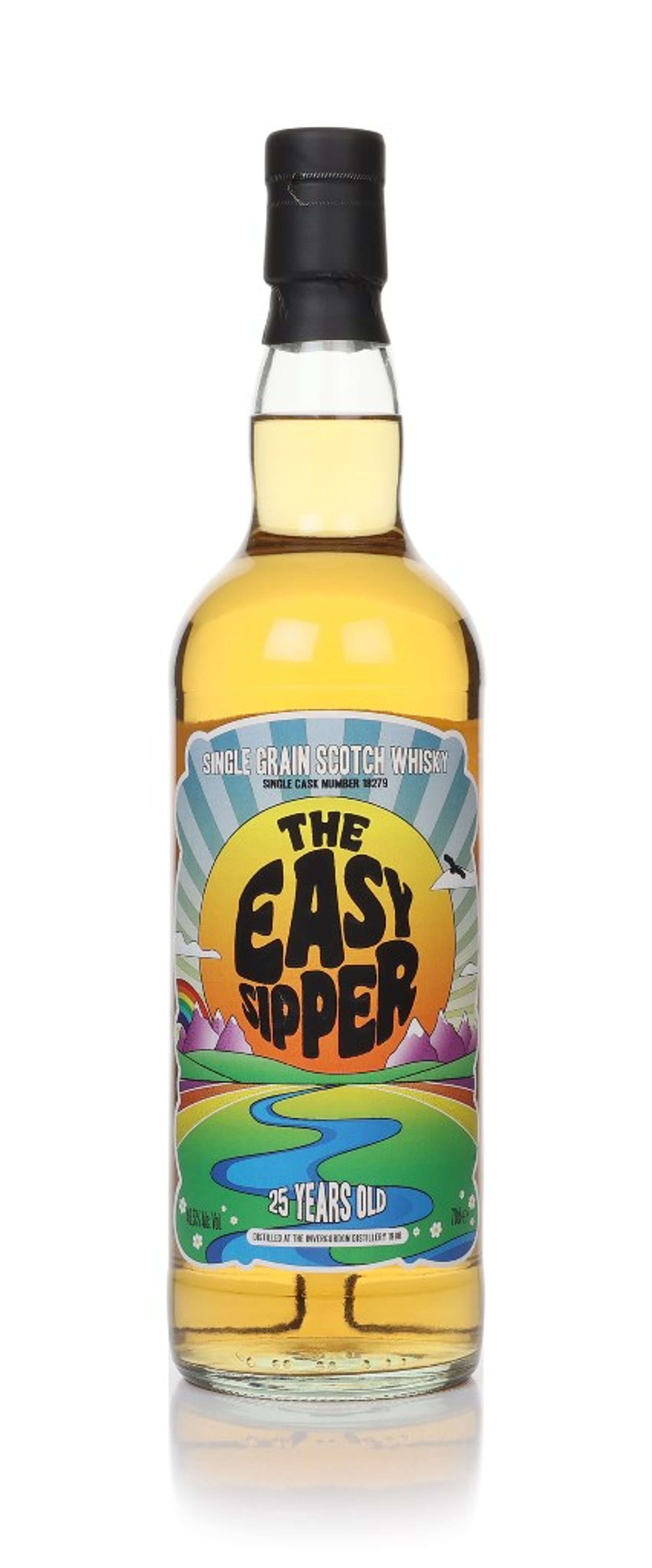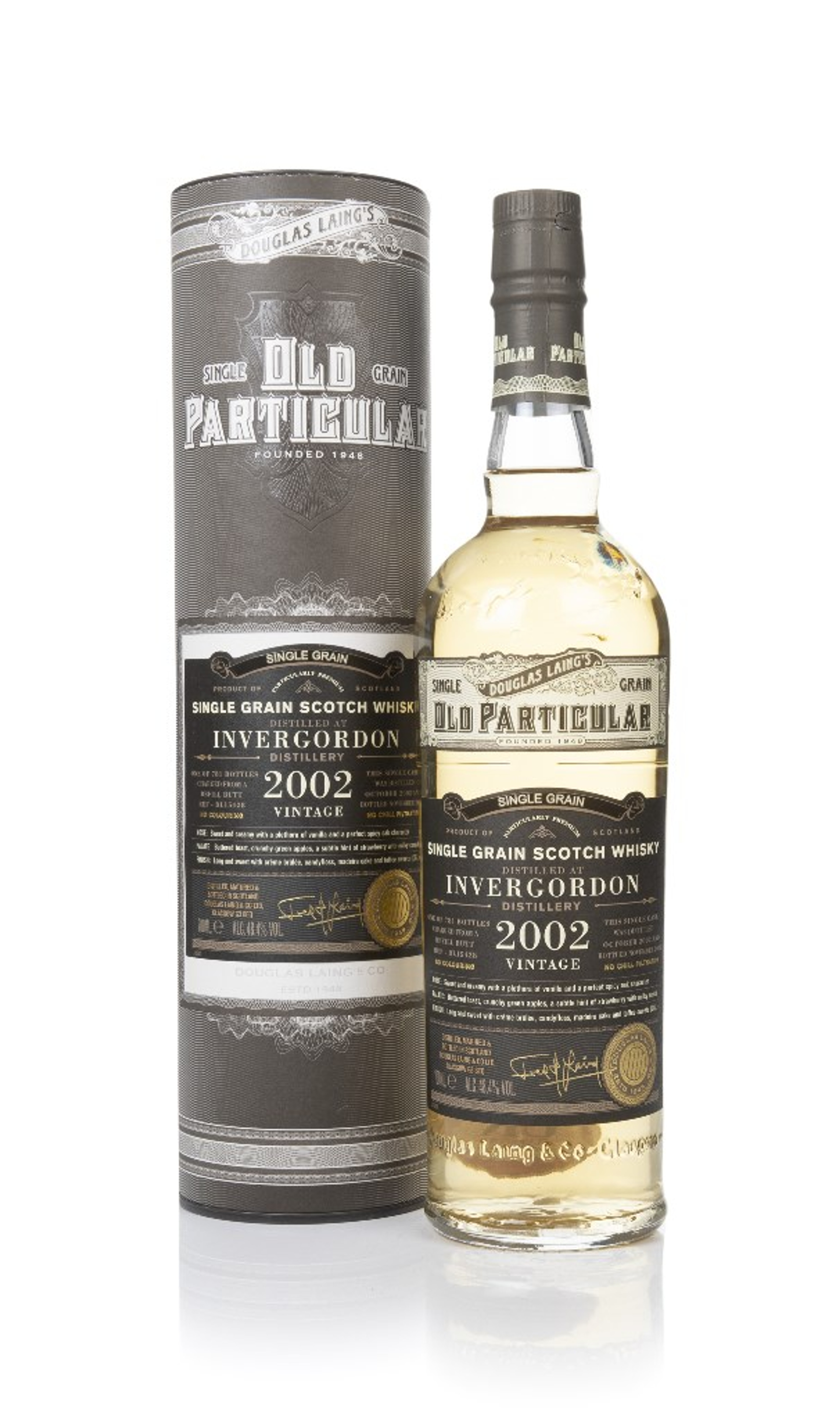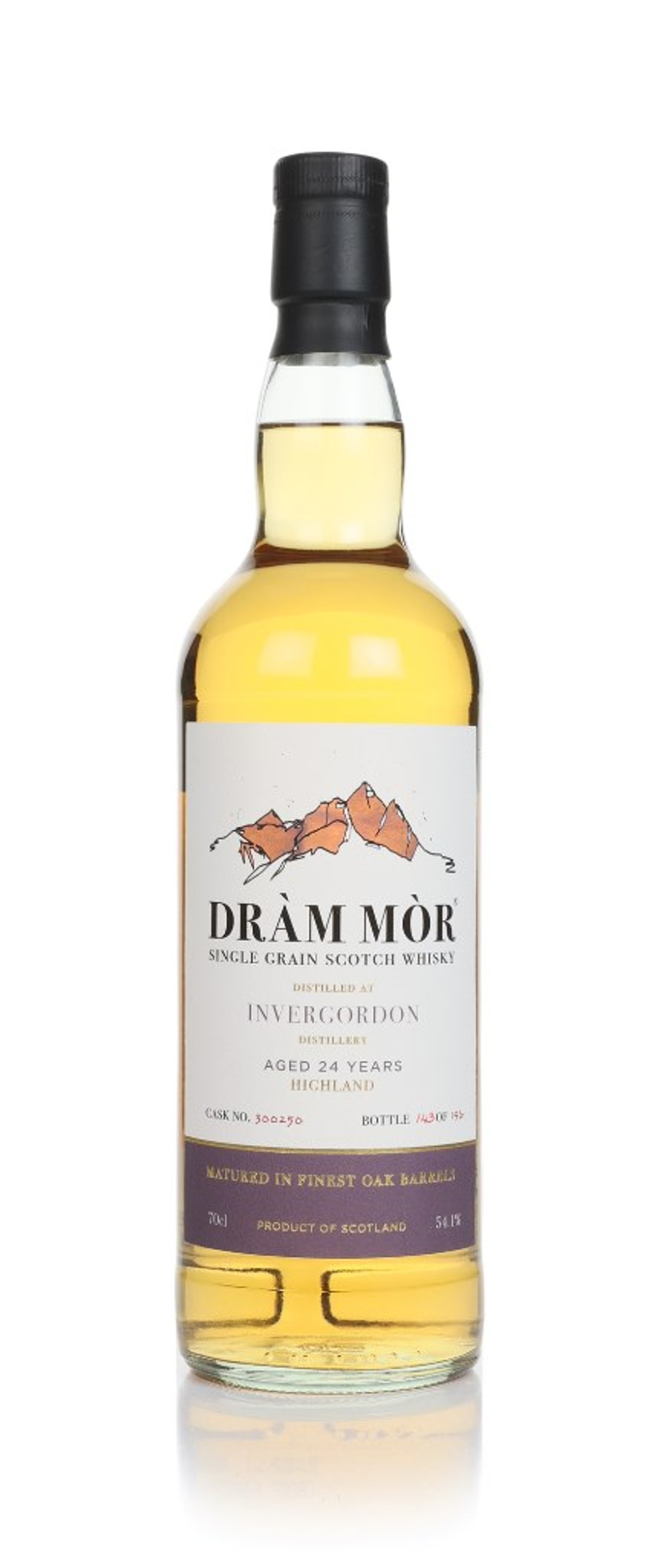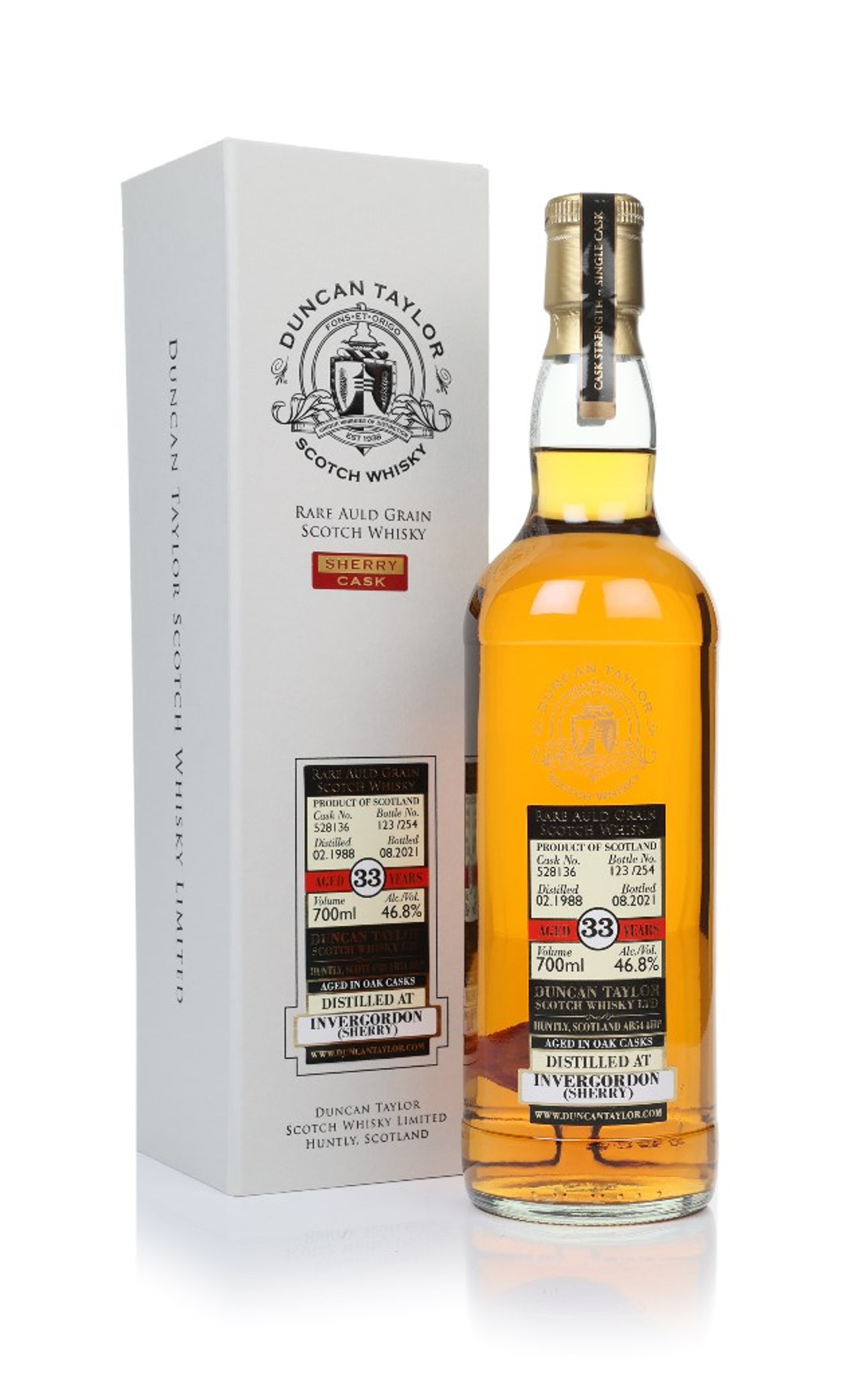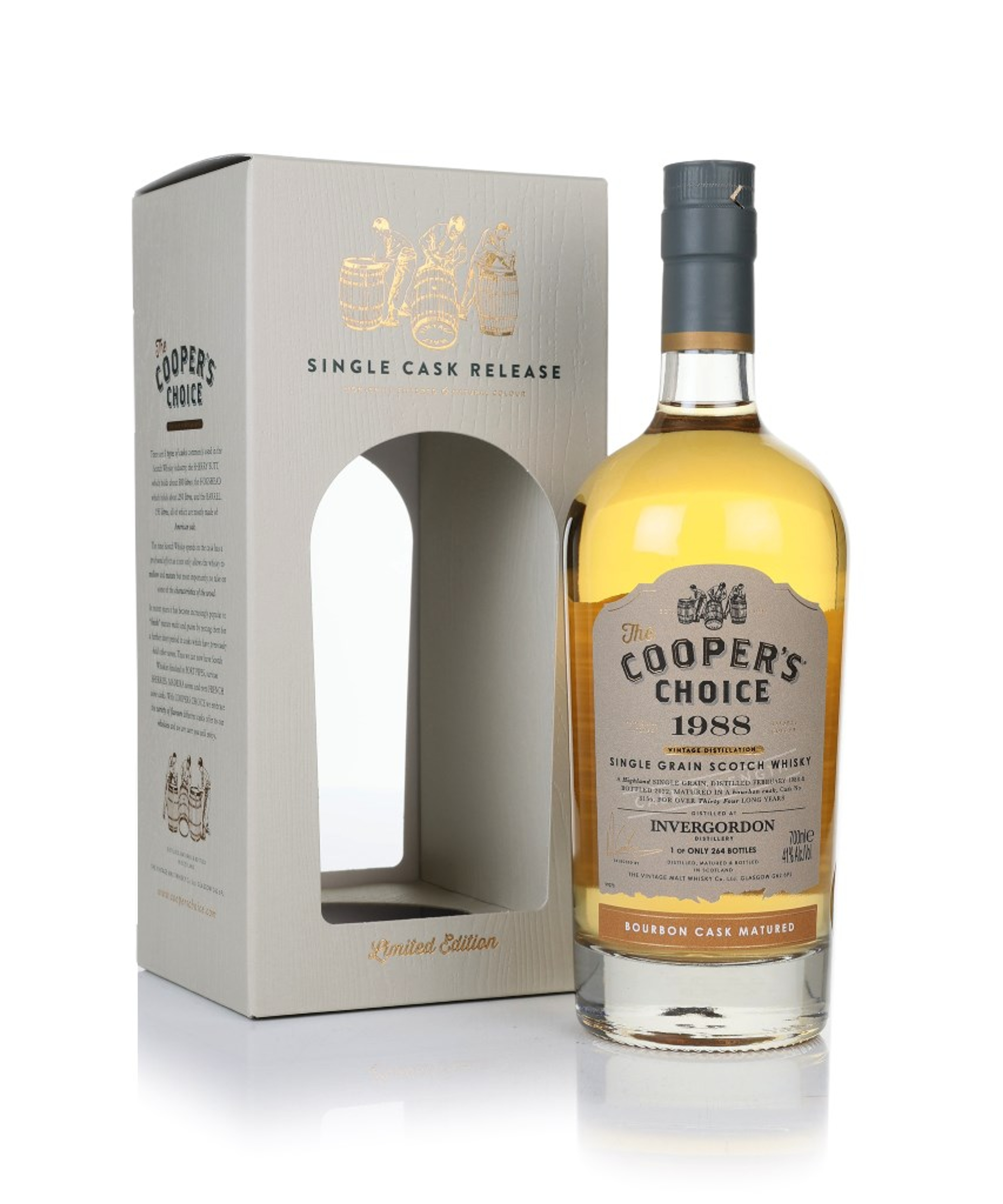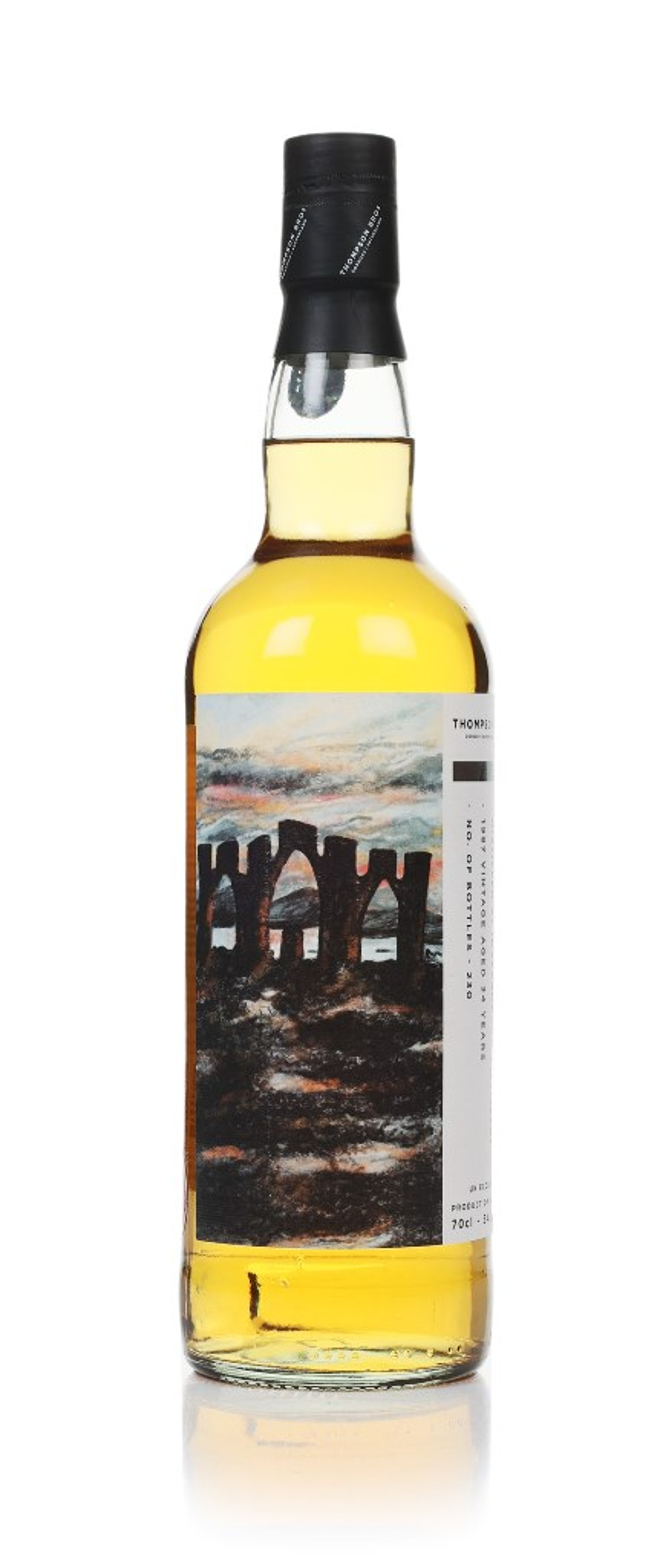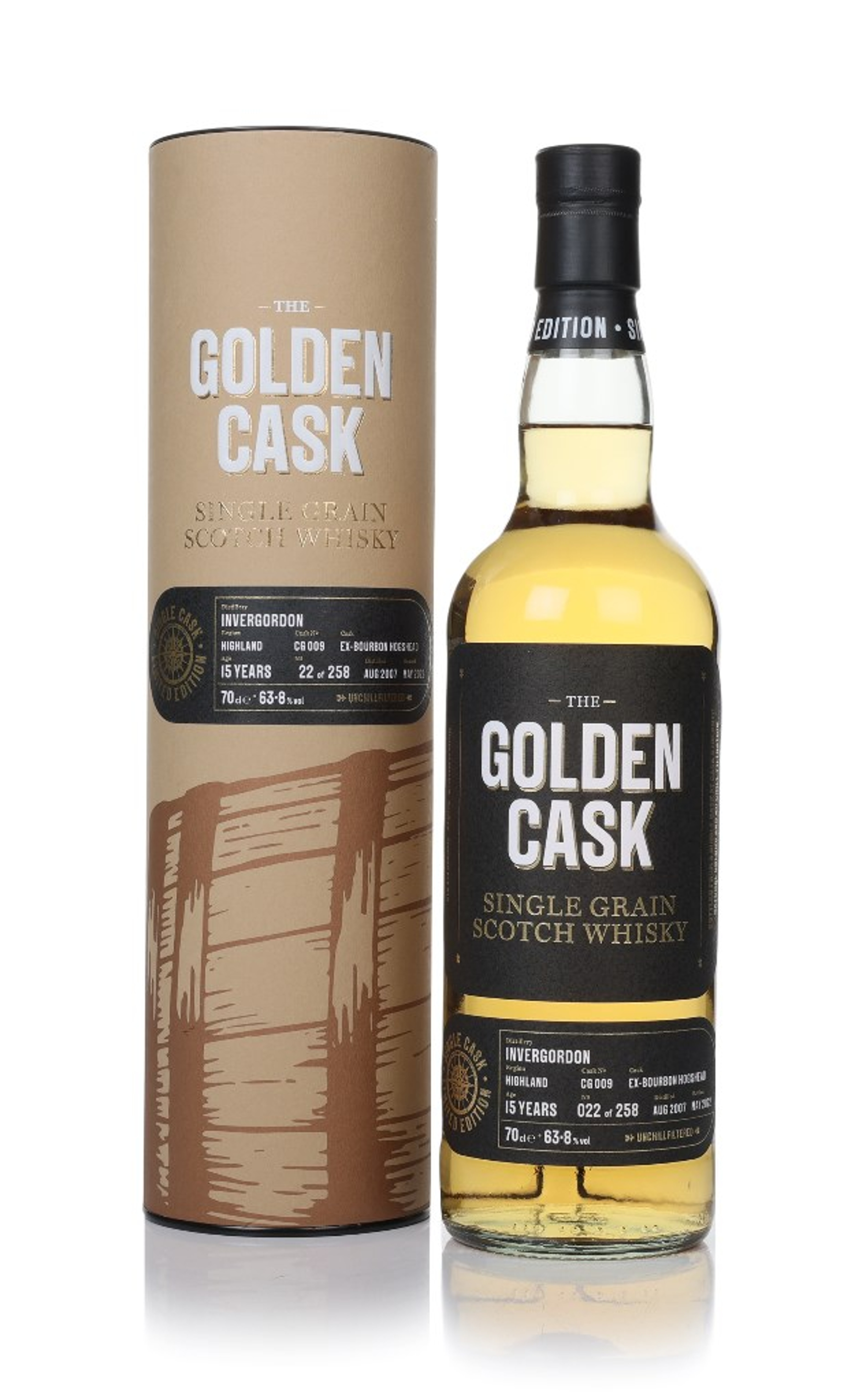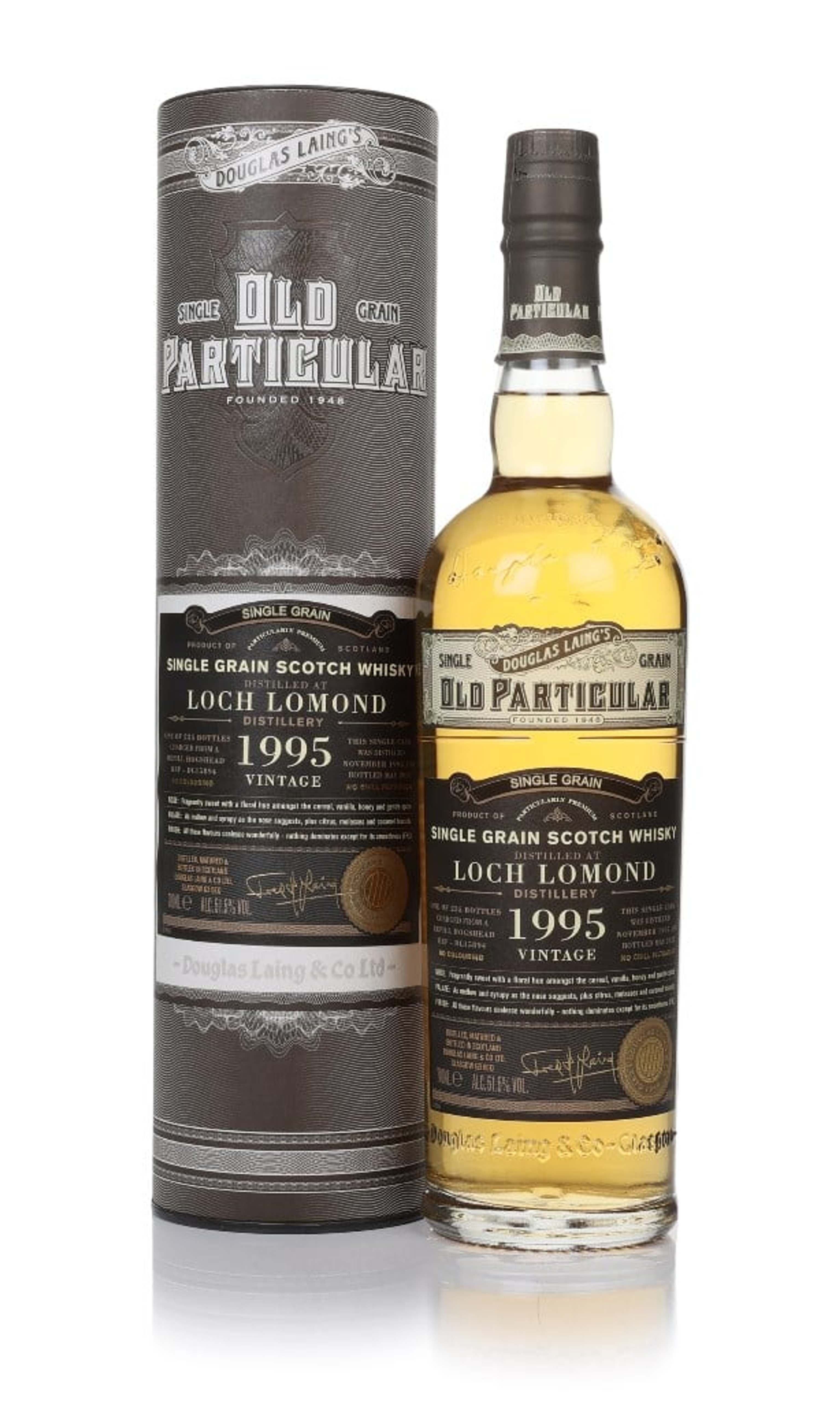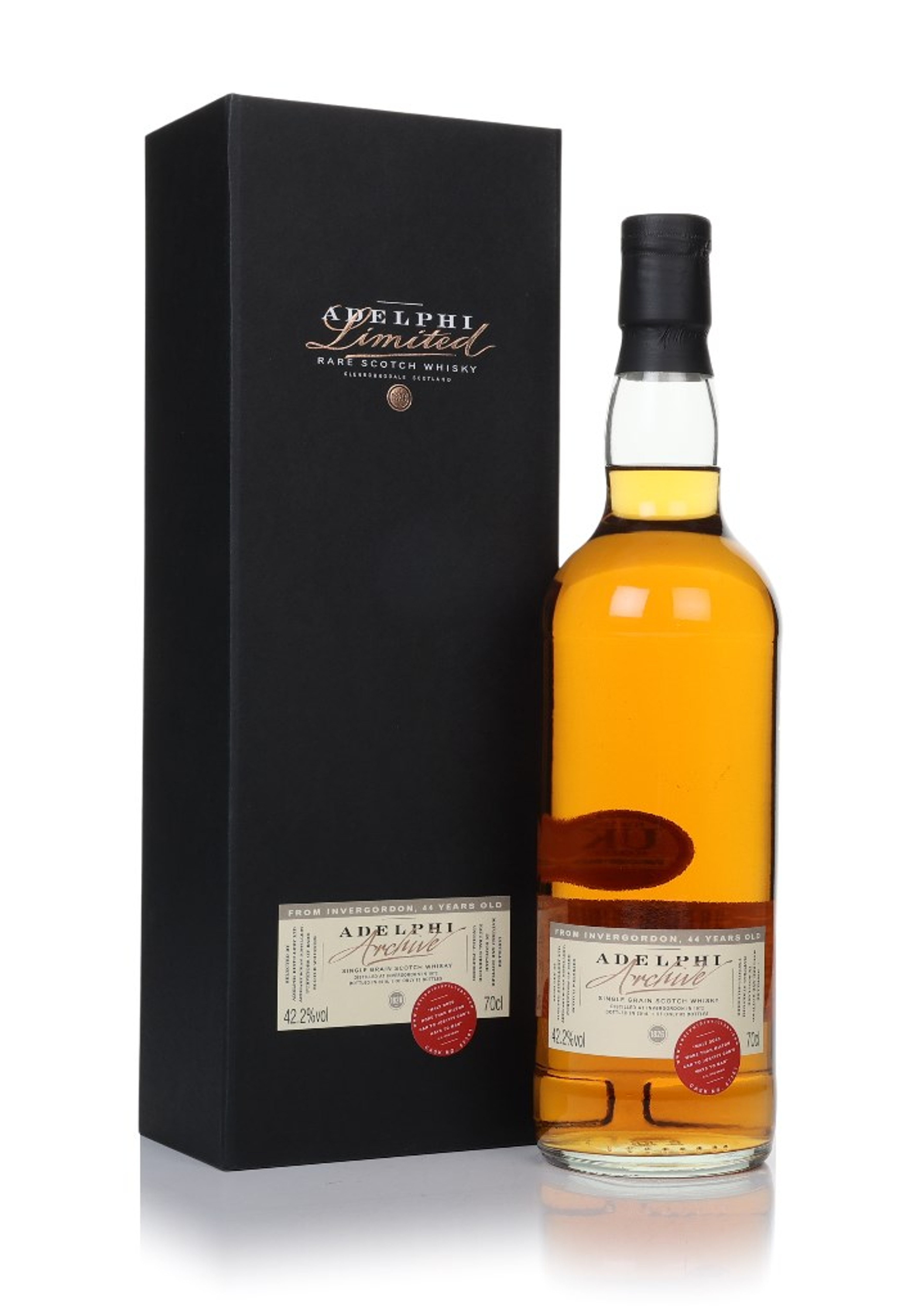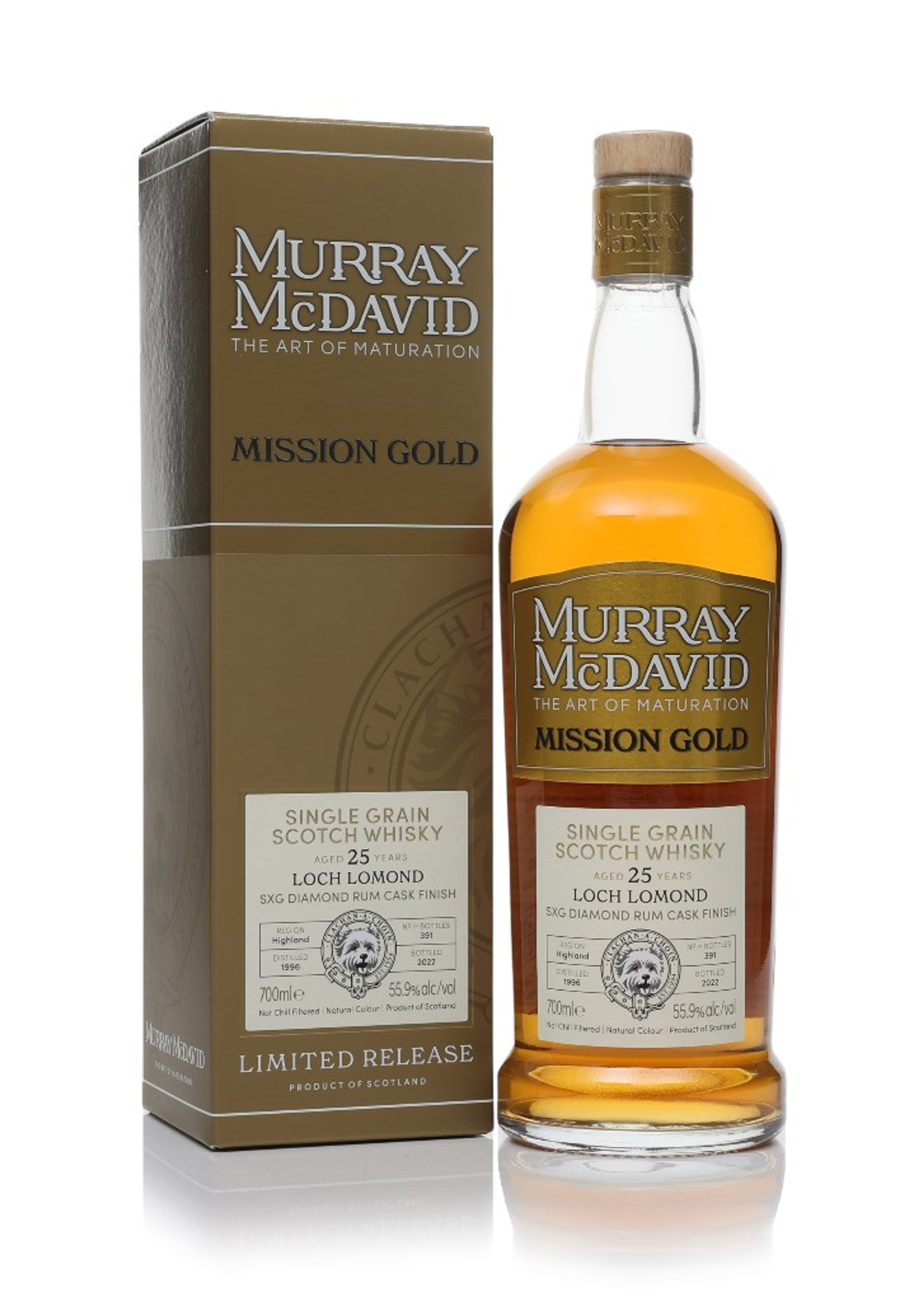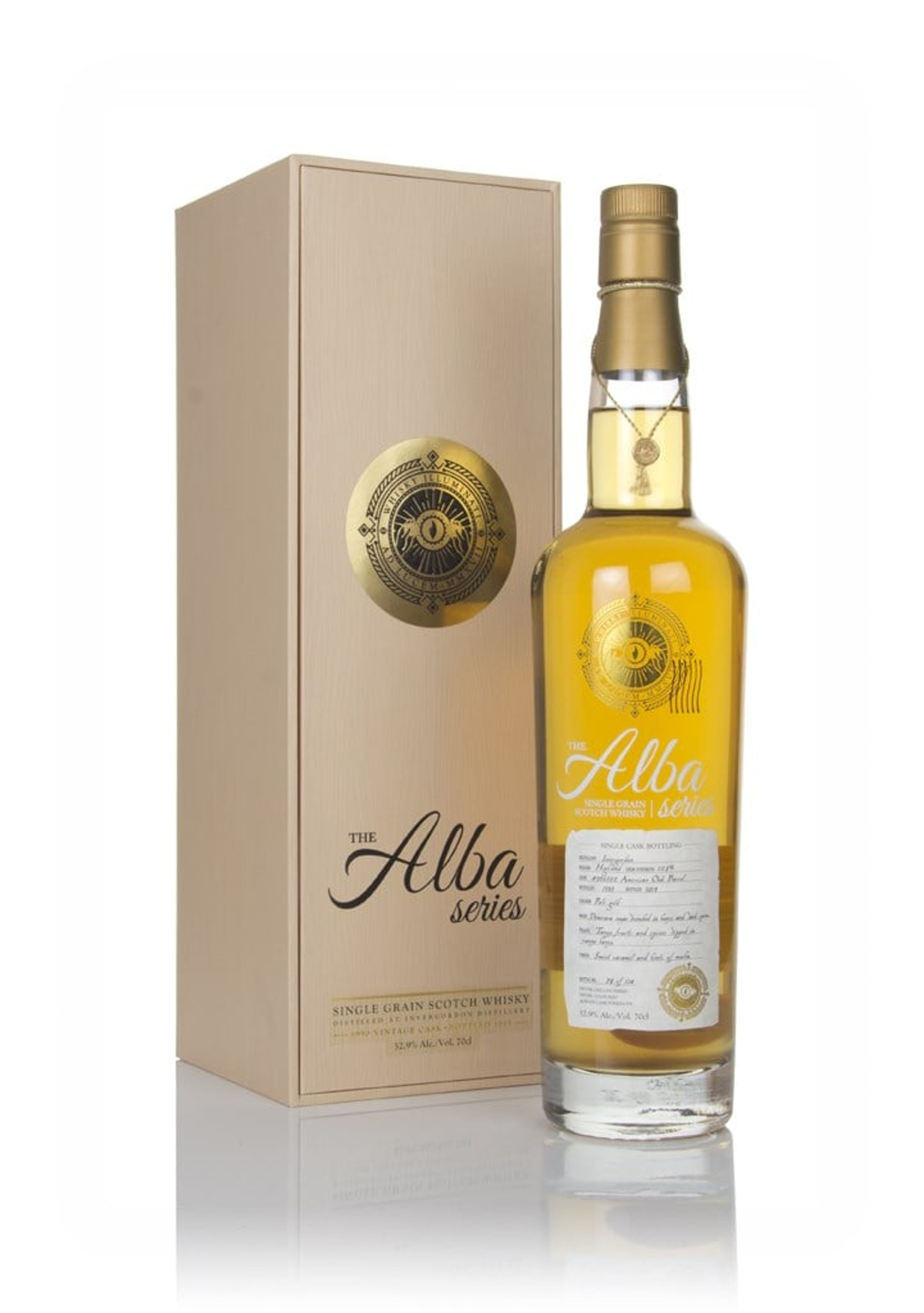
Highland Grain Whisky
Grain whisky from the Highlands, a distinct and often underappreciated segment of the whisky world, offers a unique perspective on Scottish distilling traditions. While single malt whiskies typically garner more attention, grain whiskies – particularly those from the Highlands region of Scotland – possess their own character and appeal, contributing significantly to the diversity of Scottish whisky.
Understanding Grain Whisky
Grain whisky, in contrast to malt whisky, is made from various grains, which may include corn, wheat, or rye, in addition to malted barley. This difference in raw materials leads to a distinct production process and flavour profile. Grain whisky is usually produced in column stills, known as Coffey stills, named after Aeneas Coffey. These stills allow for continuous distillation and a higher alcohol content, resulting in a lighter and more neutral spirit compared to the pot-still distillation used for malt whisky.
The Highlands
The Highlands is the largest of the Scotch whisky-producing regions in Scotland, both in size and in the number of distilleries. This geographical area covers the northern part of Scotland, stretching from the west coast to the east coast. The region is known for its diverse range of whisky styles, partly due to its vast and varied landscape, which includes coastal areas, mountainous terrain, and fertile valleys. This diversity also extends to the grain whisky produced in the region.
Flavour Profile of Highland Grain Whisky
Highland grain whiskies are typically lighter and milder than their malt whisky counterparts. They are known for their smoothness and accessibility, often exhibiting floral and fruity notes, with hints of spices and a soft, sweet undertone. Some grain whiskies from the Highlands may also have a slight maritime influence, with subtle salty and briny notes, depending on their proximity to the coast.
The Role of Grain Whisky in Blends
A significant portion of grain whisky produced in the Highlands, as in other regions of Scotland, is destined for use in blended Scotch whiskies. Grain whisky plays a crucial role in these blends, providing a lighter, smoother counterpoint to the more robust flavours of malt whiskies. The skilful blending of grain and malt whiskies is an art form in itself, with master blenders seeking the perfect balance to achieve a consistent and harmonious final product.
The Growing Appreciation for Grain Whisky
In recent years, there has been a growing appreciation for grain whisky as a category in its own right. Connoisseurs and whisky enthusiasts are increasingly recognising the quality and distinctiveness of grain whiskies, including those from the Highlands. This has led to more single grain expressions being bottled and marketed, allowing consumers to explore and appreciate the unique characteristics of these whiskies.
Highland Grain Distilleries
Several distilleries in the Highlands are known for their grain whisky production. These distilleries, while perhaps less famous than some of the region’s malt whisky producers, are gaining recognition for their high-quality spirits. Some have started releasing single grain bottlings, which showcase the distillery's character and the potential of Highland grain whisky.
Ageing and Maturation
The ageing process plays a vital role in the development of Highland grain whisky's flavour profile. The whiskies are aged in oak barrels, which may previously have held bourbon, sherry, or other spirits. The interaction between the whisky and the wood over time imparts complexity and depth, with the type of barrel significantly influencing the final taste. The cool, damp climate of the Highlands also affects the maturation process, allowing for a gentle and gradual development of flavours.
Tasting and Enjoyment
Highland grain whisky can be enjoyed in various ways. It is often appreciated neat or with a splash of water to open up its flavours. Its smooth and approachable nature also makes it an excellent base for cocktails, providing a versatile and high-quality foundation for both classic and innovative creations.
Sustainability and Innovation
As with the broader Scotch whisky industry, many Highland distilleries are embracing sustainability and innovation. This includes efforts to use locally sourced grains, implement energy-efficient production methods, and minimise environmental impact. These initiatives not only contribute to a more sustainable industry but also resonate with consumers who value environmental stewardship.
Understanding Grain Whisky
Grain whisky, in contrast to malt whisky, is made from various grains, which may include corn, wheat, or rye, in addition to malted barley. This difference in raw materials leads to a distinct production process and flavour profile. Grain whisky is usually produced in column stills, known as Coffey stills, named after Aeneas Coffey. These stills allow for continuous distillation and a higher alcohol content, resulting in a lighter and more neutral spirit compared to the pot-still distillation used for malt whisky.
The Highlands
The Highlands is the largest of the Scotch whisky-producing regions in Scotland, both in size and in the number of distilleries. This geographical area covers the northern part of Scotland, stretching from the west coast to the east coast. The region is known for its diverse range of whisky styles, partly due to its vast and varied landscape, which includes coastal areas, mountainous terrain, and fertile valleys. This diversity also extends to the grain whisky produced in the region.
Flavour Profile of Highland Grain Whisky
Highland grain whiskies are typically lighter and milder than their malt whisky counterparts. They are known for their smoothness and accessibility, often exhibiting floral and fruity notes, with hints of spices and a soft, sweet undertone. Some grain whiskies from the Highlands may also have a slight maritime influence, with subtle salty and briny notes, depending on their proximity to the coast.
The Role of Grain Whisky in Blends
A significant portion of grain whisky produced in the Highlands, as in other regions of Scotland, is destined for use in blended Scotch whiskies. Grain whisky plays a crucial role in these blends, providing a lighter, smoother counterpoint to the more robust flavours of malt whiskies. The skilful blending of grain and malt whiskies is an art form in itself, with master blenders seeking the perfect balance to achieve a consistent and harmonious final product.
The Growing Appreciation for Grain Whisky
In recent years, there has been a growing appreciation for grain whisky as a category in its own right. Connoisseurs and whisky enthusiasts are increasingly recognising the quality and distinctiveness of grain whiskies, including those from the Highlands. This has led to more single grain expressions being bottled and marketed, allowing consumers to explore and appreciate the unique characteristics of these whiskies.
Highland Grain Distilleries
Several distilleries in the Highlands are known for their grain whisky production. These distilleries, while perhaps less famous than some of the region’s malt whisky producers, are gaining recognition for their high-quality spirits. Some have started releasing single grain bottlings, which showcase the distillery's character and the potential of Highland grain whisky.
Ageing and Maturation
The ageing process plays a vital role in the development of Highland grain whisky's flavour profile. The whiskies are aged in oak barrels, which may previously have held bourbon, sherry, or other spirits. The interaction between the whisky and the wood over time imparts complexity and depth, with the type of barrel significantly influencing the final taste. The cool, damp climate of the Highlands also affects the maturation process, allowing for a gentle and gradual development of flavours.
Tasting and Enjoyment
Highland grain whisky can be enjoyed in various ways. It is often appreciated neat or with a splash of water to open up its flavours. Its smooth and approachable nature also makes it an excellent base for cocktails, providing a versatile and high-quality foundation for both classic and innovative creations.
Sustainability and Innovation
As with the broader Scotch whisky industry, many Highland distilleries are embracing sustainability and innovation. This includes efforts to use locally sourced grains, implement energy-efficient production methods, and minimise environmental impact. These initiatives not only contribute to a more sustainable industry but also resonate with consumers who value environmental stewardship.
Price
Advanced Search
Age in years
All
Bottling year
All
Vintage
All
Alcohol by volume
All
Categories
Distilleries & brands
Style
User rating
Bottle size
Countries
Regions

